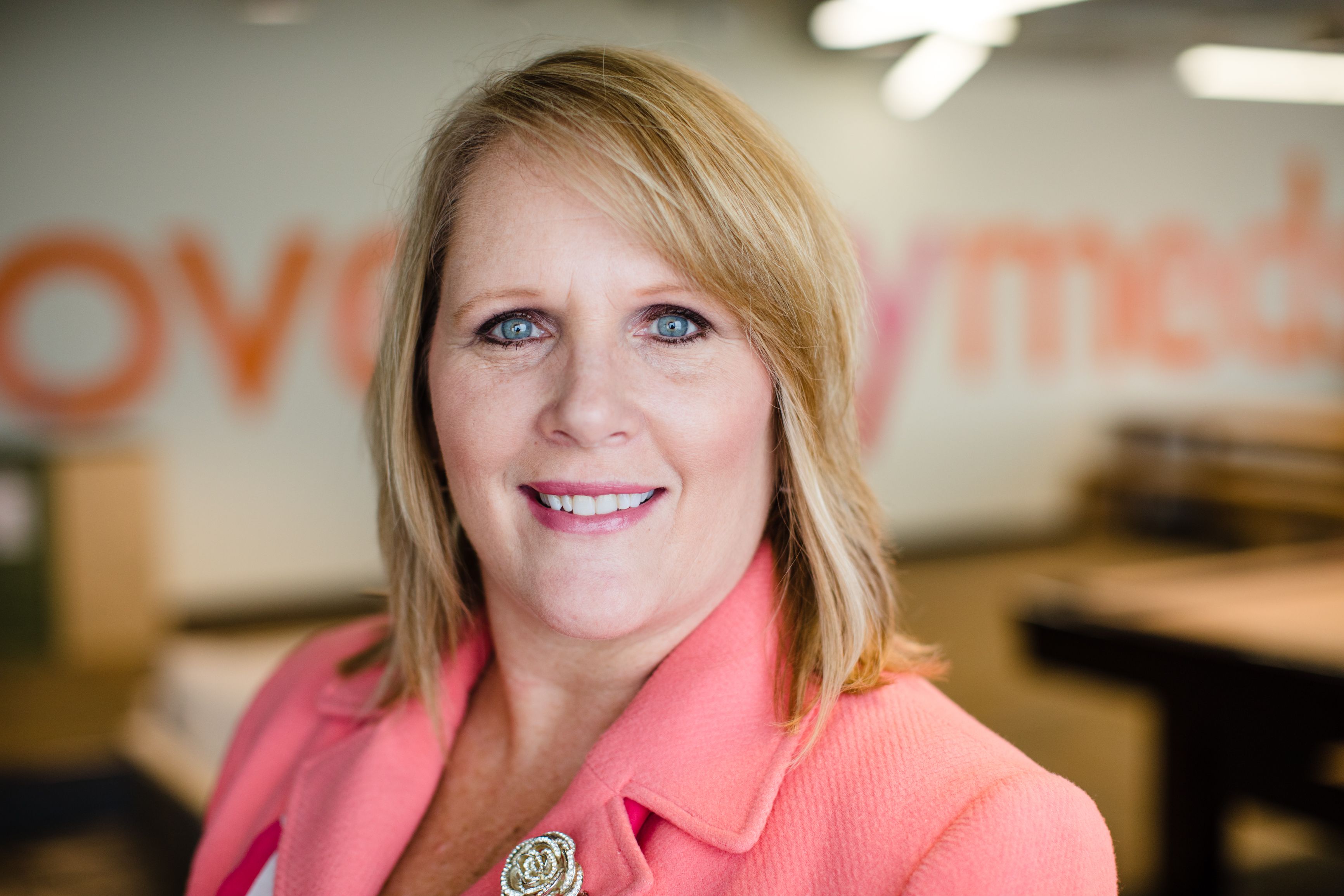Digital Tools, New Standards Will Change Healthcare and Pharmacy Access
Government regulations are designed to encourage data fluidity in healthcare, which could "radically empower" consumers, said Kim Diehl-Boyd, CoverMyMeds vice president of industry relations and government affairs, at the 2021 Annual National Conference of the Pharmacy Benefit Management Institute.
Increased digital access in healthcare was already in the works when COVID-19 hit. But the pandemic turbocharged the trend, showing providers, payers and PBMs how they could improve service and efficiency by using more digital tools. Kim Diehl-Boyd, vice president of industry relations and government affairs for CoverMyMeds, spoke at the 2021 Pharmacy Benefit Management Institute® Annual National Conference today about some of these tools and what they can do.
Kim Diehl-Boyd

Patients are looking for innovative partners to help them identify and afford the best treatment, Diehl-Boyd said, and COVID-19 complicated patients’ abilities to receive vital medications. During the pandemic, approximately 20% of patients, a majority with chronic conditions, experienced delays receiving their medications because of shortages or restrictions, according to results of a 2020 CoverMyMeds survey.
“We do know that even pre-COVID-19, patients were making considerable sacrifices to afford medications and therapies,” Diehl-Boyd said. Results of another CoverMyMeds survey showed that more than one-third of patients went without treatments or medications to pay other bills.
One of the COVID-19 success stories was rapid adoption of telehealth by providers and patients. “After COVID-19 hit, telehealth soared, peaking at a 6,000% increase compared (with) 2019,” Diehl-Boyd said. “That innovation helped patients be able to acquire the care they needed for chronic and acute conditions.” This was especially important for patients who already had trouble with adherence and access to care due to social determinants of health (SDOH) issues.
Diehl-Boyd outlined five areas of future change:
- Access and affordability. She noted the growth in the high-deductible health plans and growing enrollment in Medicaid and ACA plans.
- Innovation and digital transformation. Telehealth and other digital transactions soared because of the pandemic and the relaxation of regulations. Although use of telehealth has slacked off some, Diehl-Boyd said "telehealth is more than temporary trend."
- Pharmacy of the future. Pharmacists will build on their role administering vaccines and become more central to the delivery of healthcare.
- Racial disparity. Healthcare organizations are tackling the social determinants of health and also looking for long-term solutions.
- Growth in value-based care. Providers are continuing to take on risk and are looking to reduce the financial risk fee-for-service exposure.
Diehl-Boyd also outlined the effects of two rules designed to bring out interoperability and "data fluidity" in health care, the Office of National Coordinator's 21st Century Cures final rule and CMS' final rule on data. The rules will force payers and providers to share information and equip patients with more information, particularly with respect to cost and coverage. "Health plans should be prepared for a radically empowered consumer," Diehl-Boyd said.
The pandemic allowed pharmacists to expand their roles by administering vaccines and testing for COVID-19. “We will see pharmacists as a growing part of the care continuum team,” Diehl-Boyd said. “They’ve continued to show their value through the pandemic.” More than two-thirds of pharmacists took on new responsibilities during the pandemic, such as checking with patients for adherence and refills, finding ways to help patients save money and starting prescription home-delivery programs, according to a 2020 CoverMyMeds pharmacist survey.
Diehl-Boyd said she anticipates that PBMs and payers will focus on ways to transform member experiences beyond government regulations, providing more consumer-driven products. They can use technology to identify patient healthcare risks to develop prevention and intervention programs for a more holistic view of patient treatment. This potentially could result in fewer duplicated services. By using data to innovate for more holistic care, PBMs and payers can improve retention and loyalty.
The Biden administration is focused on addressing inequities, Diehl-Boyd said during her presentation. Several federal departments are focused on evolving the healthcare landscape to introduce better transparency and address SDOH. That dovetails with the rise in prescription deliveries, which help patients without transportation or who live in a pharmacy or clinician desert. The administration also released its drug pricing plan last week.
True interoperability is a goal at federal and state levels. With adoption of newer standards such as the National Council for Prescription Drug Program Real-Time Prescription Benefit Standard, the E-Prescribing Standard, the Prior Authorization Standard, and work happening under HL7’s Da Vinci project, the community is seeing greater peer-to-peer exchange in surfacing clinical information so that clinicians, care team and plans can have clinical information in real time, Diehl-Boyd said.
“We’ve seen this evolution in technology to bring about real time, clinical and administrative data exchange. We will continue to see that evolution tracking to payer-to-payer exchange, payer-to-consumer exchange, provider-to-provider exchange and provider-to-payer exchange,” she said.
Diehl-Boyd, who has been working in this area of healthcare for 25 years, said, “Sometimes I feel like I’m still talking about same things I was talking about 10 years ago.” She thinks the healthcare system is on the right path and wants to see changes in healthcare costs. However, “we can’t sustain the costs that we have in our systems. I’m hopeful that as we take a holistic view of patients, that we can bring down the cost of total care and really focus on the individual needs of the patient,” she said.
Group Purchasing Organizations of 'Big 3' PBMs Cloud Transparency, Says Critic | PBMI 2024
September 6th 2024Greg Baker, CEO of AffirmedRx, did not hold back in criticizing CVS Caremark, Optum Rx and Express Scripts and their group purchasing organizations today at the PBMI Annual National Conference.
Read More